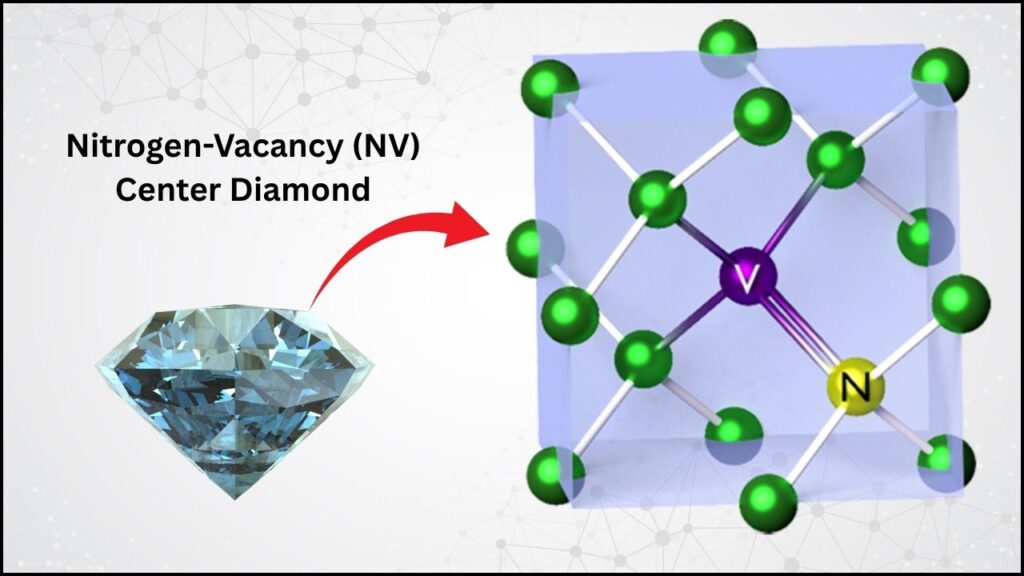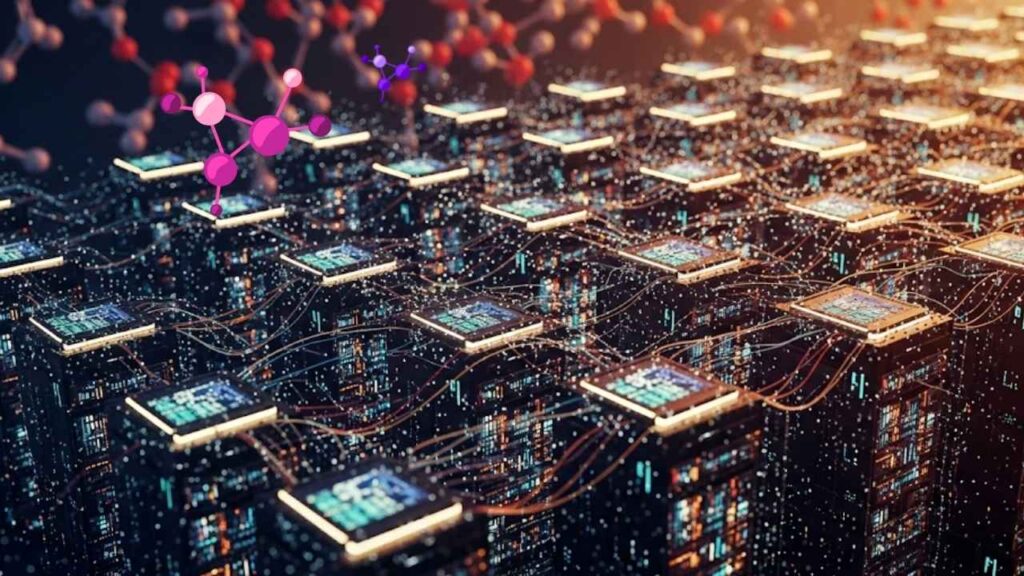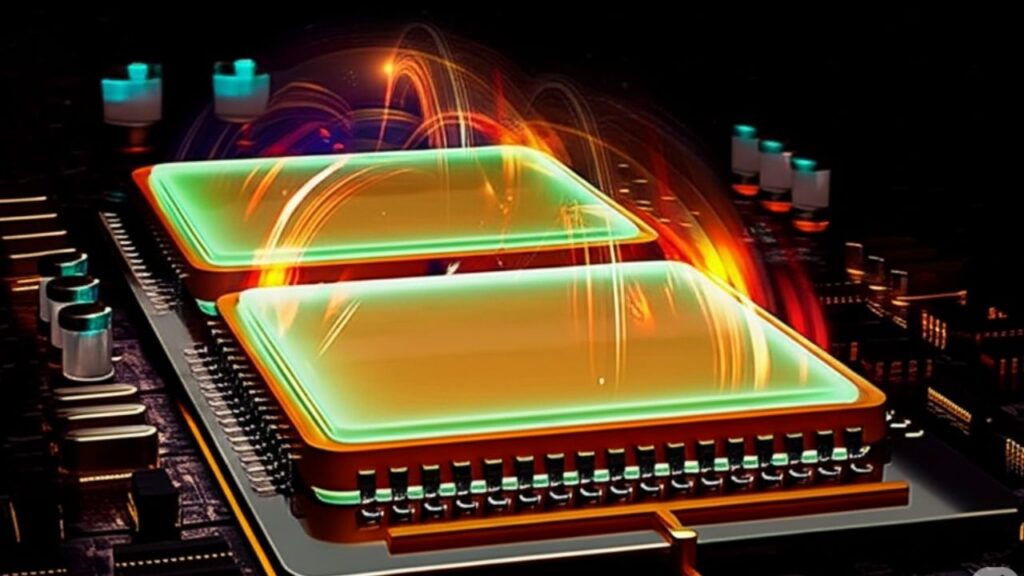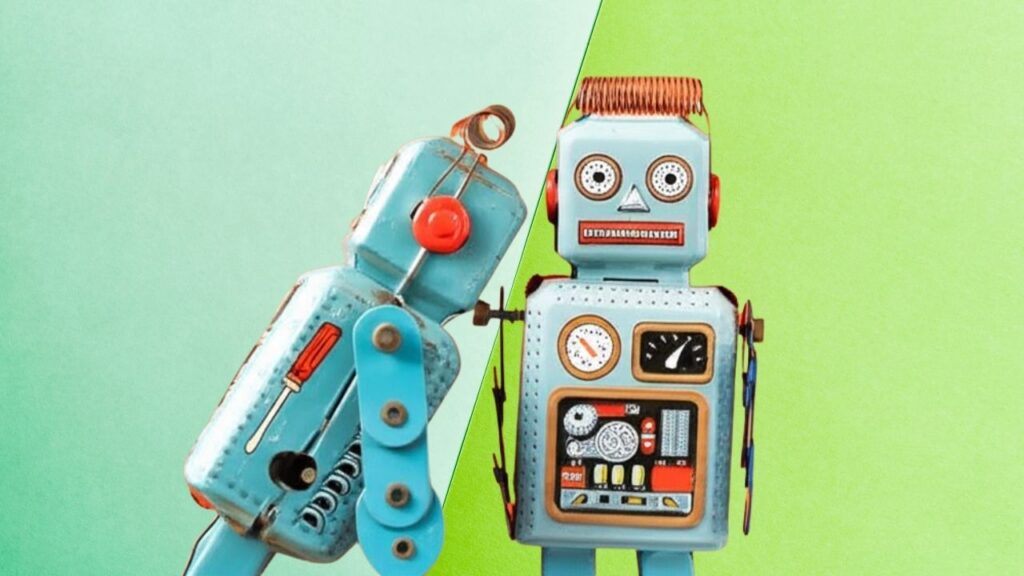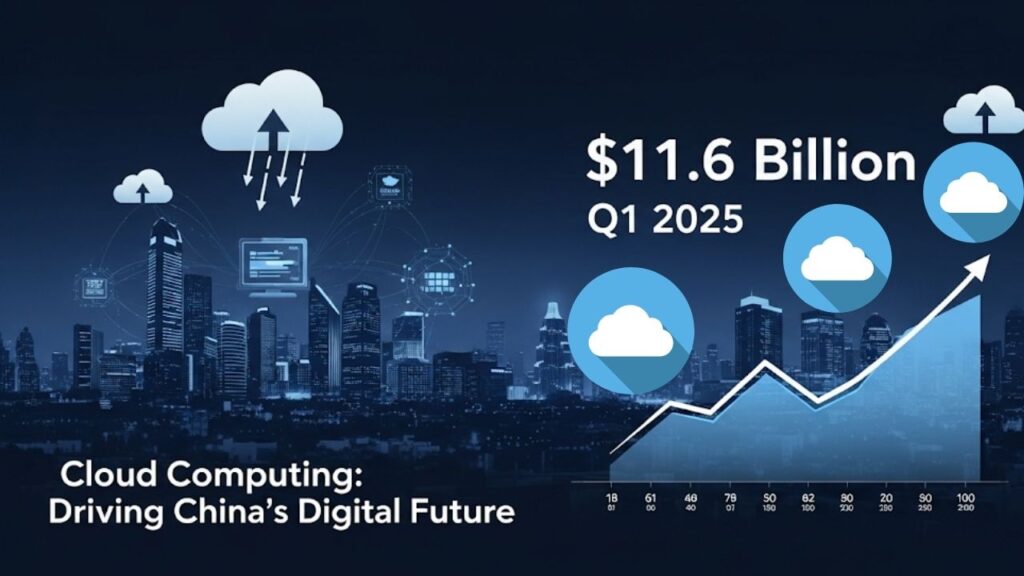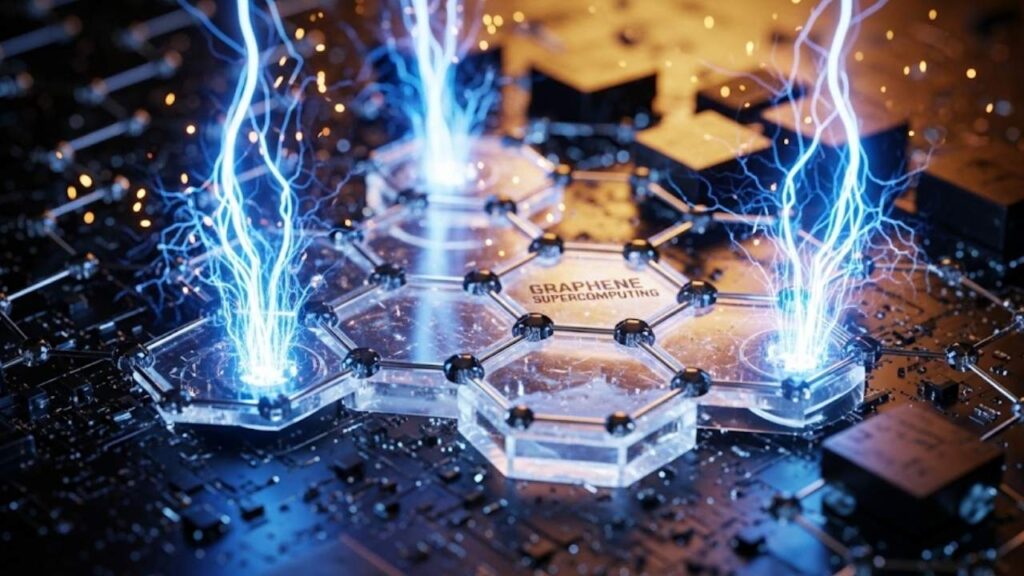What if nature held a secret power, allowing computers to solve the world’s hardest problems—challenges so big even the fastest supercomputers couldn’t handle them? That power is called quantum entanglement. Today, scientists believe harnessing this remarkable phenomenon is the key to achieving the extraordinary simulation speeds promised by quantum computers. Whether you’re a curious student or a seasoned professional, understanding entanglement helps unlock the future of science, technology, and beyond.
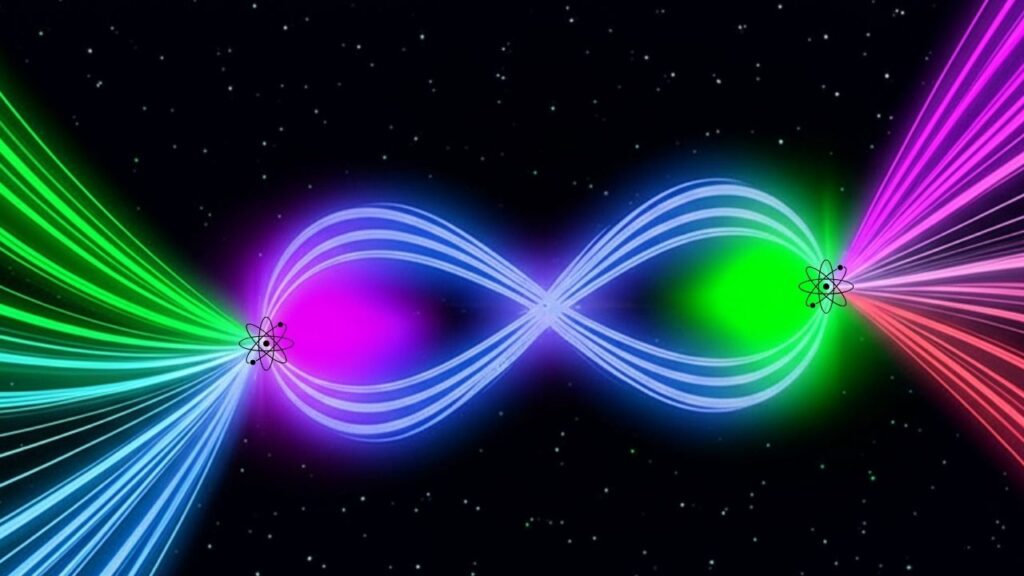
Entanglement isn’t science fiction. It’s a real process where two or more tiny particles—like electrons or photons—become linked so that what happens to one instantly affects the other, no matter the distance. This means quantum bits (qubits) in a quantum computer can operate as an unstoppable team, working through millions of possible outcomes at once and solving previously unsolvable problems with astonishing speed.
Table of Contents
Entanglement May Be the Key to Helping Quantum Computers Run Faster Simulations
| Topic | Details |
|---|---|
| Target Keyword | Entanglement May Be the Key to Helping Quantum Computers Run Faster Simulations |
| What is Entanglement? | Quantum connection between particles, causing instant correlation of states |
| Quantum Speedup | Qubits harness entanglement to perform complex simulations faster than classical computers |
| Practical Example | Simulating new materials, molecules, or drugs in minutes instead of years |
| Real-World Impact | Speeding discovery in medicine, chemistry, energy, and more |
| Career Significance | Skills in quantum mechanics & computing are valuable for physicists, chemists, engineers |
| Official Resource | Caltech: Proving that Quantum Entanglement is Real |
Quantum entanglement isn’t just a scientific oddity—it’s the heart of tomorrow’s high-speed computing. By connecting qubits in unique ways, entanglement gives quantum computers their incredible power, promising breakthroughs in science and technology. As our mastery of entanglement improves, quantum computers will redefine what’s possible.
What Is Quantum Entanglement? An Easy Guide
Quantum entanglement may sound mysterious, but it’s easy to picture—imagine two perfectly matched dice thrown across the universe. Wherever one lands, the other always shows the matching number, as if magically connected. In scientific terms, entanglement happens when the state of one quantum particle depends on the state of another, no matter how far away they are.
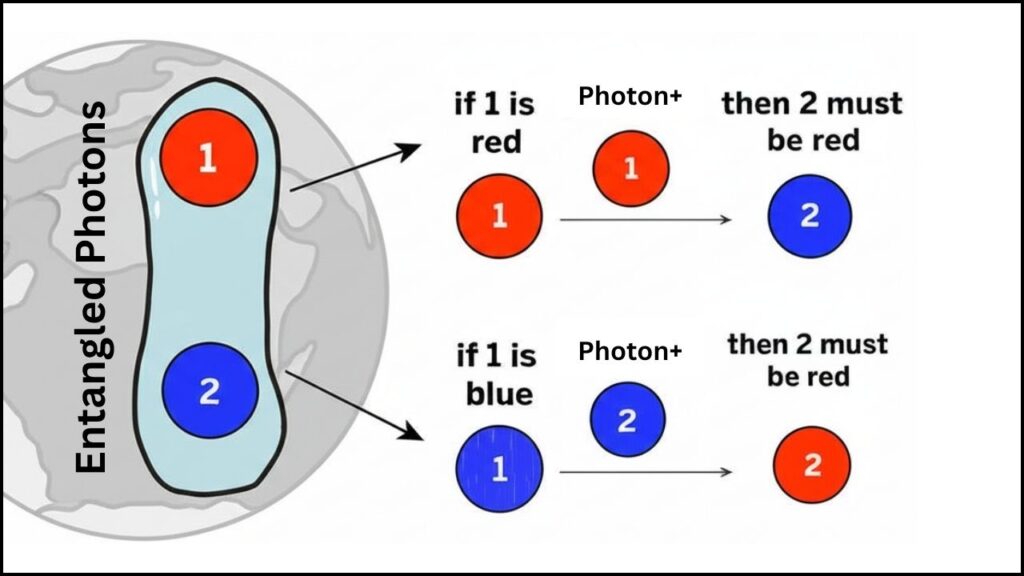
- Simple Analogy: If you and a friend each take a magic coin, even if you flip them on different continents, both coins always land on the same result. That’s entanglement!
- Science Example: When two photons are entangled by “down conversion” (one high-energy photon splits into two lower-energy ones), measuring the state of one instantly reveals the state of the other.
Why Does Entanglement Matter for Quantum Computers?
Quantum computers use unique “bits” called qubits. Unlike classic computer bits, which can be either 0 or 1, a qubit can be both at once (superposition). When multiple qubits are entangled, they collaborate in a way that’s impossible for standard computers.
- Quantum teamwork allows quantum computers to:
- Try millions of solutions simultaneously
- Simulate complex molecules, materials, and reactions in seconds instead of decades
- Find hidden patterns, factor huge numbers, or search enormous databases more efficiently
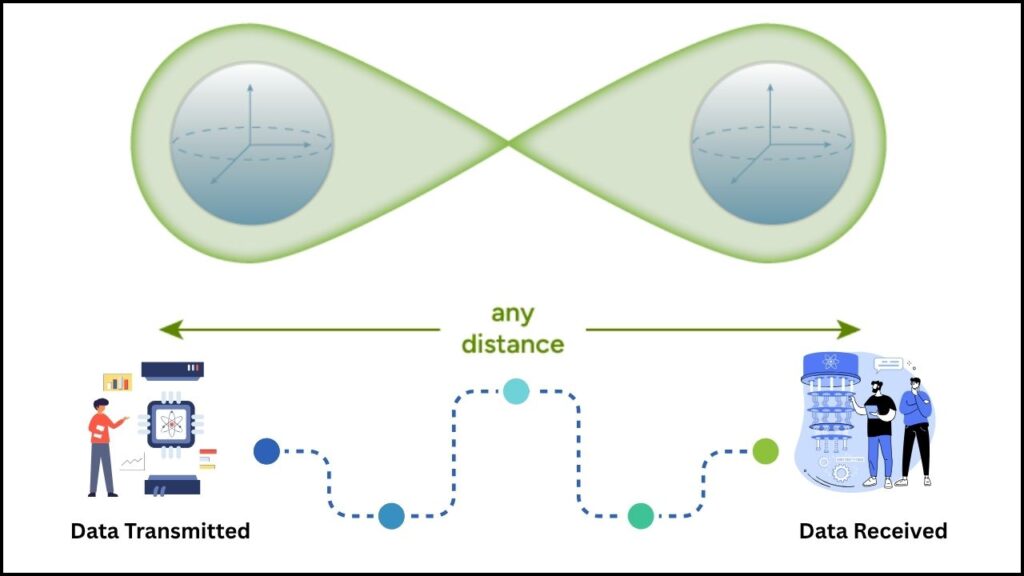
The Quantum Breakthrough: How Entanglement Speeds Up Simulations
1. Parallelism Through Correlation
Entanglement lets quantum computers explore many computational “paths” at the same time. When qubits are linked, measuring one influences all the others, so many outcomes are calculated in one go.
Example: If a maze has thousands of doors, a regular computer opens them one at a time; a quantum computer, thanks to entanglement, checks all the doors simultaneously.
2. Efficient Simulation of Complex Systems
Nature itself—atoms, molecules, and proteins—follows quantum rules. Many real-world systems are highly entangled at the atomic level. Quantum computers naturally model these systems, while classical computers struggle.
Use Case: Pharmaceutical companies can test new medicines or proteins much faster, leading to swifter drug discoveries.
3. Algorithmic Speedup
Entangled qubits enable specialized algorithms—like Shor’s (for code-breaking) and Grover’s (for searching databases)—to work faster than classical methods. For specific problems, quantum algorithms can reduce years of computing down to seconds.
Practical Examples and Applications
Where does this quantum speedup matter most?
- Material Science: Simulating new battery or solar panel materials for renewable energy.
- Chemistry: Modeling complex chemical reactions, saving years of trial and error in the lab.
- Medicine: Predicting protein folding, helping scientists design new drugs and vaccines.
- Logistics & AI: Solving giant scheduling and optimization problems for global industries.
Fact: Quantum simulators using entanglement have achieved performance vastly faster than traditional methods for certain complex problems.
How Do Scientists Create Entanglement?
Entanglement is crafted carefully in the lab:
- Special Crystals & Light: Passing laser light through a special crystal can split photons into two entangled particles.
- Cooling and Overlapping Particles: Atoms are super-cooled and merged to create entangled quantum states.
- Quantum Gates: Quantum computers use special logic gates (like the “CNOT” or “Hadamard” gate) to mathematically bind two qubits together.
- Nuclear Processes: Some subatomic events naturally produce entangled pairs.
Verification: Researchers use rigorous methods to confirm that systems are genuinely entangled—not just mimicking the effect due to noise or errors.
Understanding the Science: The Role of Non-Locality
One of the strangest features of entanglement is called non-locality: a change to one particle appears to instantly affect its partner, even across the galaxy. This doesn’t mean information travels faster than light, but it reveals that the quantum world is far more deeply linked than classical physics suggests.
- Important Rule: No usable information is sent faster than light, but entanglement demonstrates nature’s surprising interconnectedness.
Step-by-Step: How Entanglement Powers Quantum Simulations
Step 1: Prepare Qubits
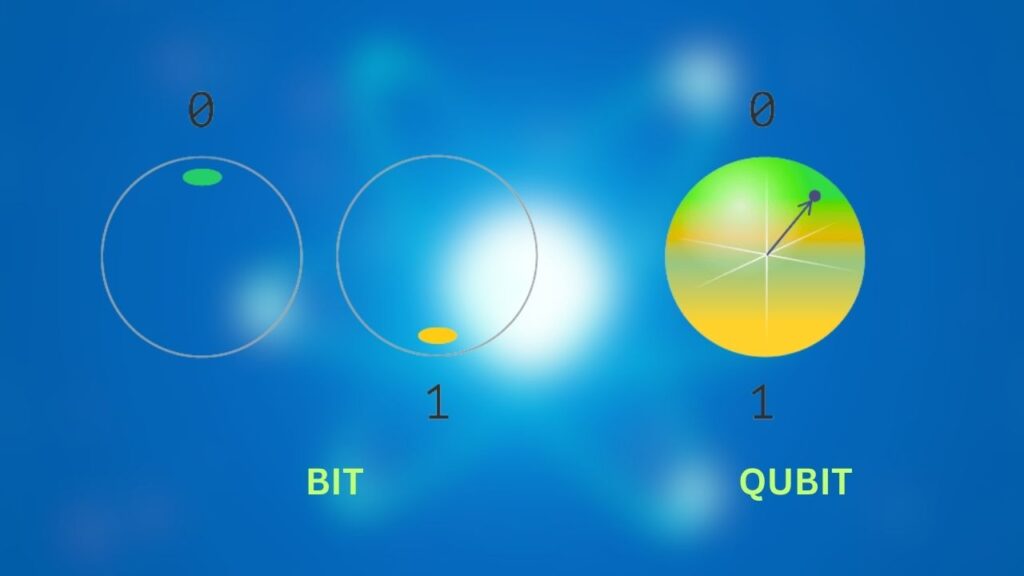
Researchers set up qubits using ions, electrons, or photons.
Step 2: Entangle the Qubits
Quantum gates or special materials are used to link their quantum states.
Step 3: Formulate the Problem
The real-world scenario—like modeling a protein molecule—is translated into quantum language.
Step 4: Run the Simulation
The quantum computer employs entanglement to explore all possible interactions and find the best solution.
Step 5: Measure and Interpret
Scientists measure the output, instantly gaining insights thanks to the entangled computations under the hood.
Advice for Students, Professionals, and Curious Minds
- Start Early: Students and educators can build a strong foundation by learning about quantum phenomena, especially superposition and entanglement.
- Quantum Coding: Try quantum programming with platforms like Qiskit or Cirq, and experiment with real quantum devices online.
- Stay Informed: Follow updates from leading organizations and universities working on quantum research.
- Career Potential: Quantum technology skills are highly sought after in physics, chemistry, software, and data science.
Quantum Scientists Propose New ‘Zeroth Law’ of Entanglement That May Reshape Physics
Caltech Achieves Quantum Hyper-Entanglement Using Laser Tweezers: A Landmark in Quantum Science
New Cryogenic Silicon Chip Offers Breakthrough in Managing Spin Qubits for Quantum Computing
FAQs About Entanglement May Be the Key to Helping Quantum Computers Run Faster Simulations
Q: Can I see quantum entanglement with my eyes?
A: No—it occurs at extremely small scales, but scientists use specialized experiments and online demonstrations to showcase its effects.
Q: Does entanglement allow teleportation?
A: Not in the way shown in movies. While entangled particles share a link, no actual information or matter is sent instantly, though scientists use quantum entanglement to teleport a quantum state from one place to another.
Q: Has quantum computing solved real-world problems yet?
A: Quantum computers have begun to match and sometimes surpass classical machines on niche problems, and their real-world impact is growing quickly.
Q: How can I start learning more?
A: Explore free resources from established institutions, use interactive quantum simulators, and follow the latest research to deepen your understanding.

